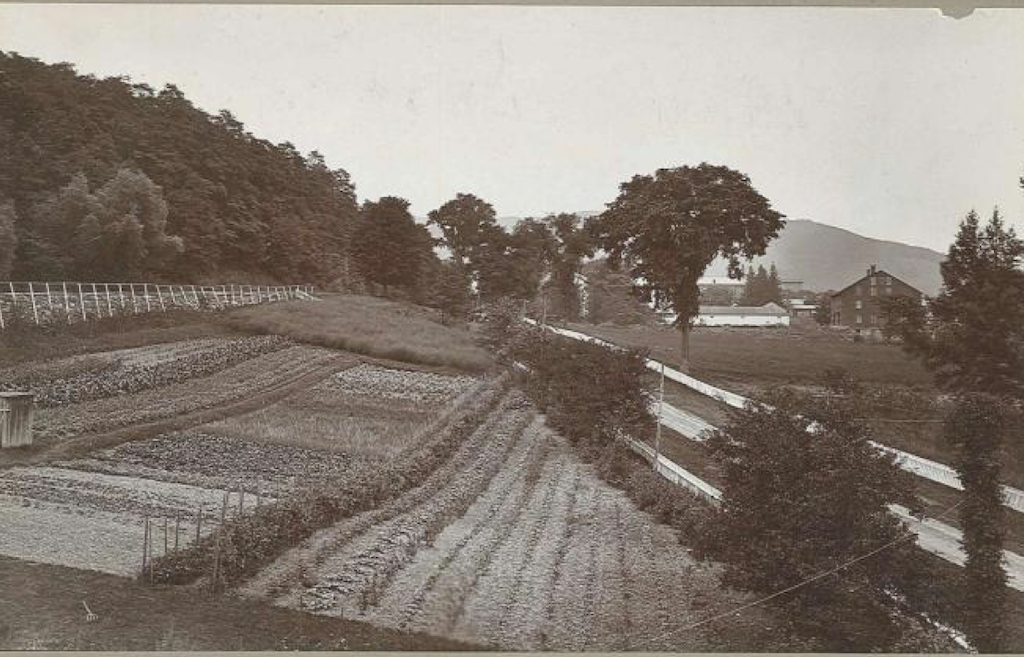
About the Shakers and Mount Lebanon
The Shakers, officially called the The United Society of Believers in Christ's Second Appearing, originally formed in Manchester England in 1747. A small Protestant group branching off from the Society of Friends (or the Quakers), they became known as the Shakers because of the singing and dancing commonly found in their services.
The Shakers were soon joined by a young woman of great faith, Anne Lee. Witnessing Anne Lee to be extraordinarily touched by God, the Shakers gave her the title Mother Anne Lee, claiming her as the ‘first spiritual mother in Christ.’
A Christian minority, the Shakers were often criticized, misunderstood and persecuted in their native country. Eventually Mother Anne was inspired to establish the Shaker base in America, and they officially arrived in New York State in 1774 settling in Watervliet, a small area near Albany.
The Shakers saw enormous growth after the American Revolution, spreading to 9 Shaker communities across New York and New England and eventually 19 locations from the east coast to Indianna. At their peak in the mid 19th century, they had successfully grown their numbers to an estimated 6,000.
The Shakers were trailblazers, known for their unique views of racial and gender equality, pacifism and a lifestyle of simplicity. They believed that their devotion to their work was a direct reflection of their devotion to God, and their well-made and distinct aesthetic of craftsmanship was sought after throughout neighboring communities in the US. They have had a lasting contribution to American society in many areas including art, design, lifestyle, medicine and architecture.
Mt. Lebanon was among the first Shaker settlements in the US and was instrumental in the early days of establishing the Shakers there. At the time of the Shakers peak in the mid 19th century, the Mt. Lebanon Shaker Village spanned over 6,000 acres with as many as 600 people working in the community in hundreds of buildings. Mt. Lebanon was declared a national historic landmark in 1965.
Learn about the Chatham, NY, Shaker Museum and it’s events
Learn more about Sabbathday Lake, the only living Shaker community left, in Maine.
Learn more about the Shaker Museum and it’s events in Enfield, NH.




